Audi A5 RS5 engines, drive and performance
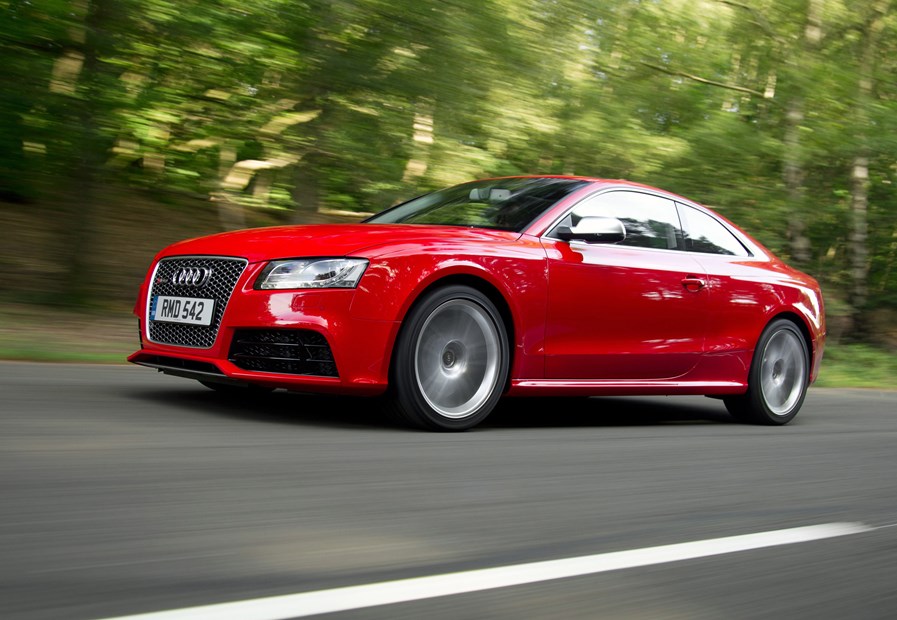
Audi RS5 performance is top of the priority list, and it’s fast when compared to its nearest rivals: it equals the BMW M3 in terms of outright performance but is pipped, slightly, by the Mercedes-Benz C63 AMG. Under the bonnet of the RS5 lies a 444bhp 4.2-litre V8 engine that propels the car from 0-60mph in 4.6 seconds (4.9 seconds for the cabriolet).
With 430Nm available the Audi RS5 betters the M3 by 20Nm, though the Mercedes betters this with a faintly ridiculous 600Nm. At least the standard quattro four-wheel drive system means the Audi can actually lay its power down convincingly – in a wider variety of conditions too.
Mated to a seven-speed S-tronic dual-clutch gearbox you can either leave the car in full auto mode or take advantage of the steering wheel mounted paddles to swap cogs yourself. Keen drivers will likely opt for the latter much of the time.
You’ll certainly need to work the gearbox, as the 4.2-litre V8 doesn’t produce as much low to mid-range torque as you’d hope, though it makes such an epic noise you’ll happily rev it out towards the 8,250rpm redline.
The RS5 has huge amounts of grip, its quattro system ensuring that it feels utterly composed no matter the speed, weather or road conditions. Purists might complain that it’s less tail-happy than the rather unruly BMW M3 or Mercedes C63 AMG but for most drivers and most situations it’ll be the Audi that is the quicker package.
We’d prefer it if the steering, although sharp, offered a bit more feel and feedback as to what was happening underfoot though – the light helm actually reducing the confidence previously inspired by the four-wheel drive system. Still, learn to trust the car and you’ll soon find yourself manhandling it along the road at considerable pace.
With the firm’s Drive Select system the driver can alter the steering, along with the suspension, gearbox and throttle responses at the press of a button. Dynamic certainly adds some weight to the steering wheel, but doesn’t increase any feel and simple leaves it feeling dead and leaden. It also adds a heel and tow style downchange to the S-tronic gearbox, which unless driving really hard, can make the RS5 feel jerky.
It’s worth noting too that no matter what setting you choose, the ride in the RS5 is particularly firm – something that is instantly highlighted by the scuttle shake found in the cabriolet version especially.
We’re also not convinced by the Carbon ceramic brake option, as although it offers superb stopping power – and a supposed life cycle of 180,000 miles – the standard set up is likely to be more than adequate for most users.


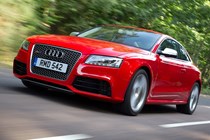
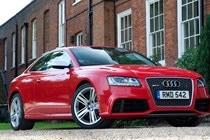
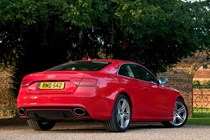
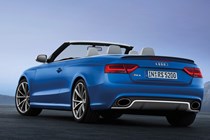
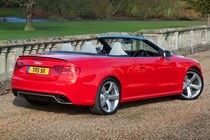
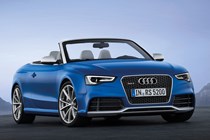
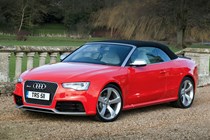
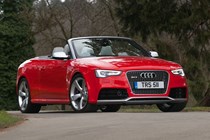

.jpg)
.jpg)
.jpg)
.jpg)
.jpg)
.jpg)

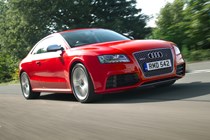
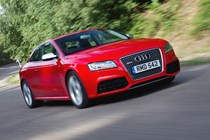
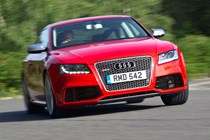
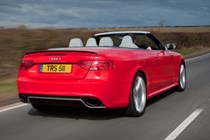
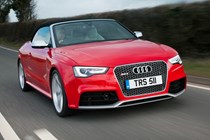
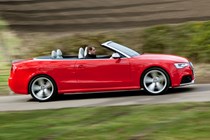
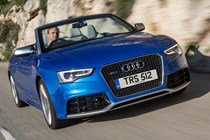
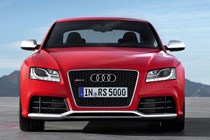
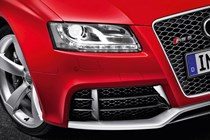
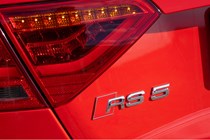
.jpg)
.jpg)
.jpg)
.jpg)
.jpg)
.jpg)
.jpg)
.jpg)
.jpg)
.jpg)
.jpg)
.jpg)
.jpg)
.jpg)
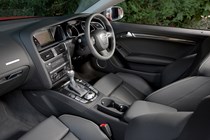
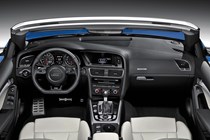
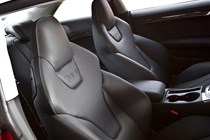
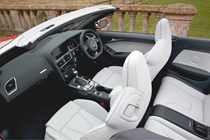
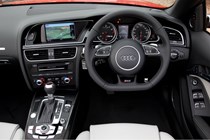
.jpg)
.jpg)
.jpg)
.jpg)
.jpg)
.jpg)
.jpg)
.jpg)
.jpg)
.jpg)

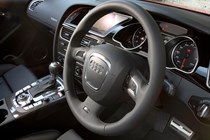
.jpg)
.jpg)
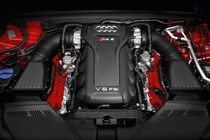
.jpg)
.jpg)
.jpg)
.jpg)
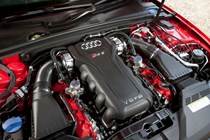









.jpg?quality=50)
.jpg?quality=50)
.jpg?quality=50)
.jpg?quality=50)
.jpg?quality=50)
.jpg?quality=50)











.jpg?quality=50)
.jpg?quality=50)
.jpg?quality=50)
.jpg?quality=50)
.jpg?quality=50)
.jpg?quality=50)
.jpg?quality=50)
.jpg?quality=50)
.jpg?quality=50)
.jpg?quality=50)
.jpg?quality=50)
.jpg?quality=50)
.jpg?quality=50)
.jpg?quality=50)





.jpg?quality=50)
.jpg?quality=50)
.jpg?quality=50)
.jpg?quality=50)
.jpg?quality=50)
.jpg?quality=50)
.jpg?quality=50)
.jpg?quality=50)
.jpg?quality=50)
.jpg?quality=50)


.jpg?quality=50)
.jpg?quality=50)

.jpg?quality=50)
.jpg?quality=50)
.jpg?quality=50)
.jpg?quality=50)
